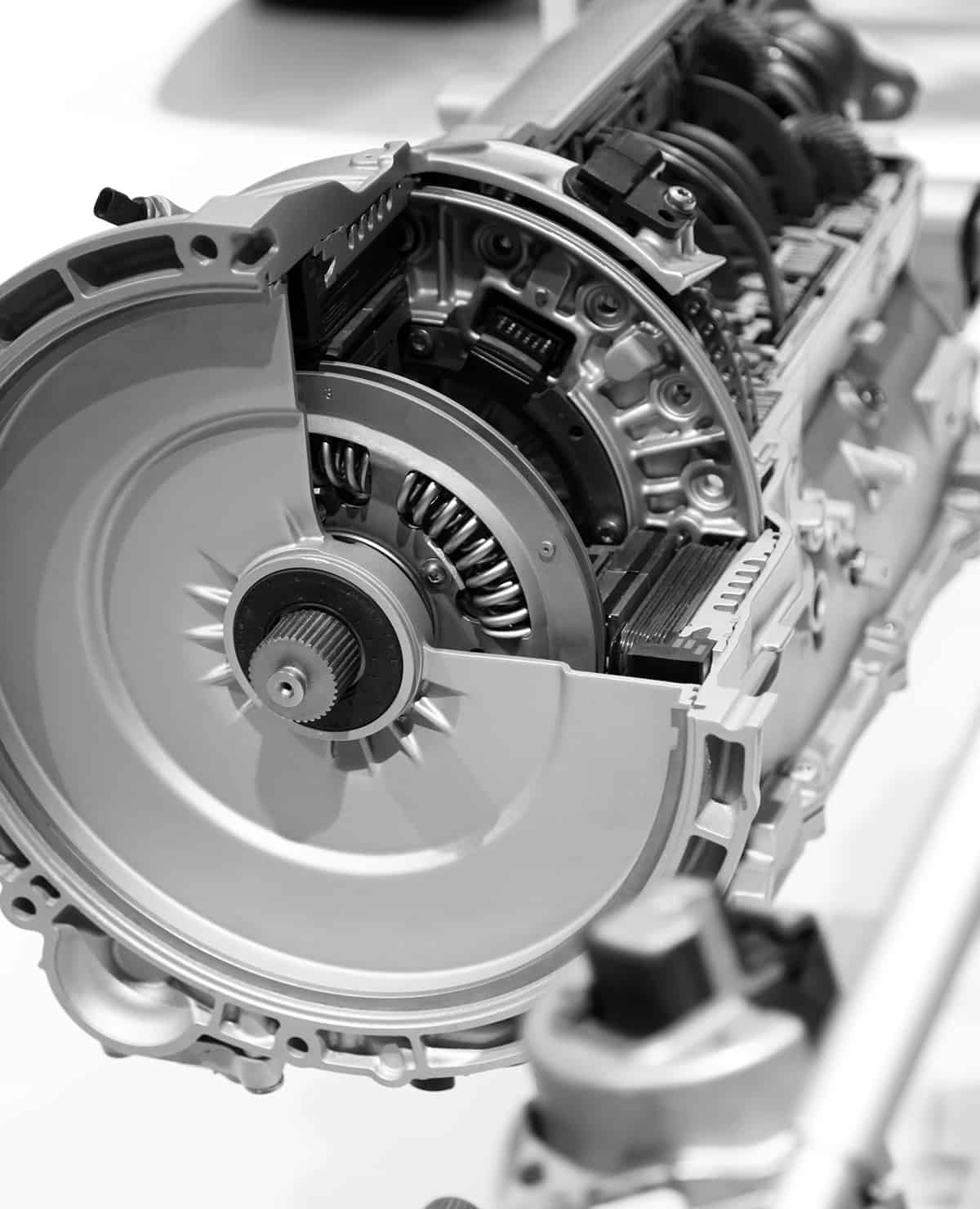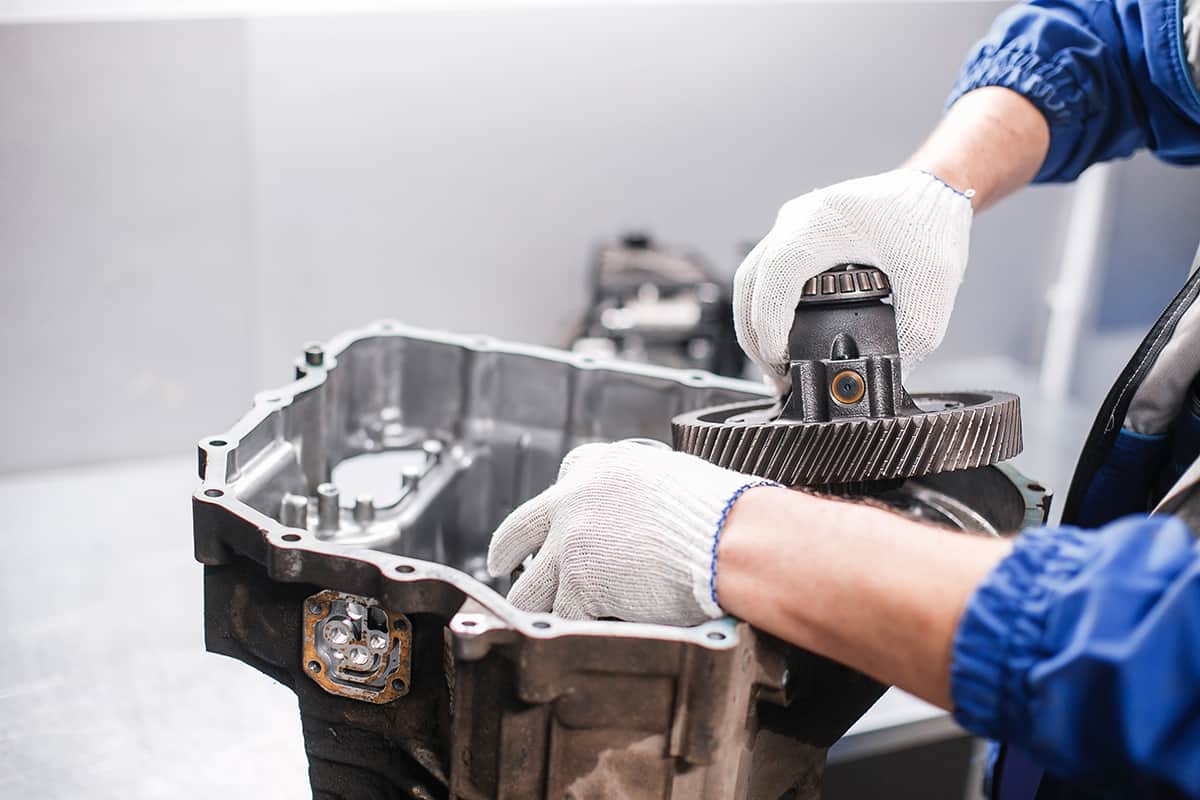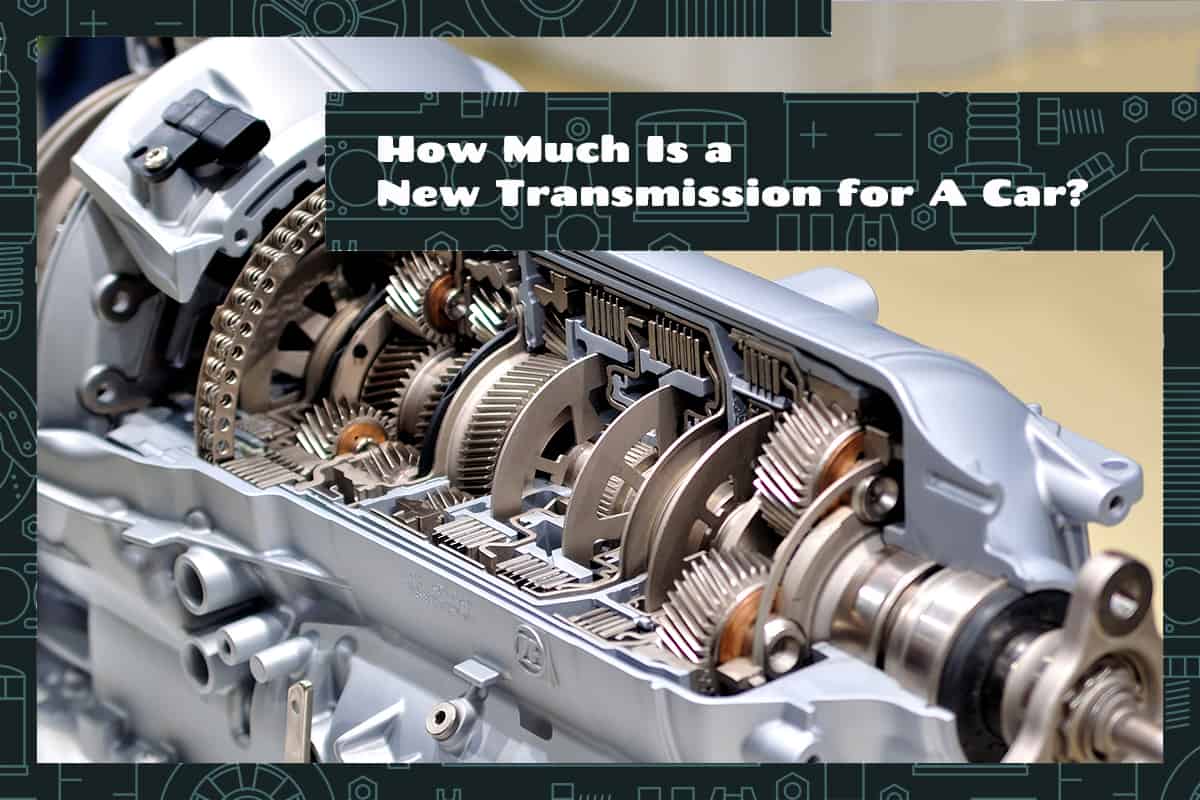Car owners, in general, need to understand the intricacies of a vehicle’s operation and maintenance, including the pivotal role of the transmission. The transmission is a complex mechanical system that controls the application of power from the engine to the drive shaft. Its smooth operation is integral to your vehicle’s performance, so when it falters, it raises a critical question: should you invest in a new one?
On average, replacing a car’s transmission can be quite costly:
- Manual transmissions typically range from $1,500 to $3,000
- Automatic transmissions can cost between $2,000 to $4,000
- For Continuously Variable Transmission (CVT) and Dual Clutch Transmissions (DCT), expect to pay anywhere from $3,000 to $5,000
Today, we’ll discuss the cost specifics of replacing different types of car transmissions, factors influencing the overall cost, and provide insights to help you decide whether replacing your car’s transmission is a financially sound decision.
Car Transmission Basics

Your car’s transmission is a critical component that controls the transfer of power from your engine to the drive shaft, ultimately allowing the car to move. Without a functional transmission, your car is essentially immobile, emphasizing its essential role.
What Exactly is a Car Transmission?
A car transmission is a complex system of gears that transfers the engine’s power to the wheels, adjusting the amount of power as you speed up or slow down. Think of it like a bicycle: as you climb a hill, you need to shift to a lower gear to make pedaling easier, while you can shift to a higher gear on flat or downhill surfaces to go faster.
Types of Transmissions
There are four main types of transmissions: manual, automatic, continuously variable transmission (CVT), and dual-clutch transmission (DCT).
Manual transmissions require the driver to manually shift gears using a clutch pedal and gear stick. They offer greater control and are typically more fuel-efficient but require more skill to operate.
Automatic transmissions do the gear-shifting for you, making driving easier, particularly in stop-and-go traffic or on hills. However, they can be less fuel-efficient and require more maintenance.
CVTs use a system of pulleys or belts instead of gears, providing an almost infinite range of ratios. This allows the engine to operate at peak efficiency regardless of speed.
DCTs are a hybrid, operating like an automatic but using a two-clutch system to offer smoother shifts and better fuel efficiency. DCTs are common in high-performance vehicles.
Signs of a Failing Transmission
Knowing the signs of a failing transmission can save you from a hefty repair bill. Common symptoms include:
- Unusual noises or smells: Grinding, whining, or humming noises, or a burning smell, can indicate transmission trouble.
- Trouble shifting gears: If your car resists going into gear, the transmission might be failing.
- Slipping gears: If your car changes gear for no apparent reason, this is a sign of transmission trouble.
- Delayed engagement: If there’s a delay before the car starts to move after being put in gear, your transmission may malfunction.
- Transmission fluid leaks: If you notice fluid under your car, it could indicate a transmission fluid leak, which can lead to transmission failure.
The Cost of a New Transmission
Replacing a car’s transmission is a significant undertaking, both in terms of effort and cost. Depending on the make, model, and type of your vehicle, the cost can range widely. Here we’ll explore these costs and the factors that influence them.
Average Cost of Transmission Replacement for Different Car Types
Transmission replacement costs are largely dependent on the type of transmission your vehicle uses.
Manual transmissions are generally cheaper to replace, costing between $1,500 and $3,000. The lower end of this price range applies to smaller cars, while sports cars and luxury models can be on the higher end.
Automatic transmissions are more expensive, with replacement costs ranging from $2,000 to $4,000. The complexity of automatic transmissions results in higher labor costs, driving up the price.
For Continuously Variable Transmission (CVT) and Dual Clutch Transmissions (DCT), replacement costs typically fall between $3,000 and $5,000. These types of transmissions are technologically advanced, which can increase both part and labor costs.
Factors Affecting Transmission Replacement Cost
Several factors can influence the cost of a transmission replacement:
- Make and Model: Luxury and high-performance vehicles typically have more expensive parts and may require specialized labor, increasing the cost.
- Age and Condition of the Vehicle: Older vehicles might have harder-to-find parts, and a vehicle in poor condition might require additional repairs.
- Type of Transmission: As mentioned earlier, the cost also depends on whether your car has a manual, automatic, CVT, or DCT transmission.
Assessing Whether It’s Worth Replacing Your Transmission

One of the most challenging decisions for a car owner is determining whether or not to replace a failing transmission. The high cost involved means it’s essential to weigh your options carefully. Let’s delve into how to evaluate this.
The Cost-Benefit Analysis of Transmission Replacement
Conducting a cost-benefit analysis is crucial when deciding whether to replace your car’s transmission. Start by obtaining quotes for the replacement cost. Consider both the part and labor costs, and don’t forget to factor in possible additional expenses such as transmission fluid or unexpected repairs.
Next, evaluate your vehicle’s current value. If the cost of replacing the transmission approaches or surpasses the car’s value, replacement might not be the most economically sensible choice.
When Is Transmission Replacement a Wise Decision?
There are several situations where replacing your transmission is a good idea:
- The vehicle is relatively new: Newer vehicles are likely to have many years of life left, making the cost of a new transmission a worthwhile investment.
- The vehicle is in otherwise good condition: If your car has been well-maintained and doesn’t have other significant issues, investing in a new transmission can extend its life significantly.
- You plan to keep the car for a long time: If you plan to drive your vehicle for several more years, replacing the transmission might make more economic sense than buying a new car.
Alternatives to Transmission Replacement
In some cases, a complete transmission replacement isn’t necessary. Sometimes, a transmission can be repaired or rebuilt, which can be less expensive options.
- Transmission Repair: If only one or two components of the transmission are damaged, a simple repair might be sufficient. However, it’s important to have a trustworthy mechanic assess the transmission to ensure there aren’t more extensive issues.
- Transmission Rebuild: A transmission rebuild involves taking apart the transmission, replacing the damaged parts, and then reassembling it. This can be a cost-effective solution if multiple parts are worn or damaged but not all.
How to Prolong the Life of Your Car’s Transmission
Proper care and maintenance can extend the transmission’s lifespan, saving you from costly repairs or replacements. Let’s explore how you can take proactive measures to maintain your car’s transmission.
1. Regularly Check and Change Transmission Fluid
Transmission fluid cools and lubricates the transmission’s internal parts, preventing wear and damage. Regularly checking the fluid level and color can alert you to potential issues. Also, adhere to your vehicle manufacturer’s recommended intervals for changing transmission fluid.
2. Use the Correct Transmission Fluid
Each vehicle requires a specific type of transmission fluid. Using the wrong type can cause inefficiencies or damage. Always refer to your vehicle’s owner’s manual for the correct fluid type.
3. Allow Your Car to Warm Up Before Driving
Your car needs to warm up, especially in cold weather. Starting your car and letting it idle for a few minutes before driving allows the transmission fluid to warm up and circulate, ensuring proper lubrication.
4. Avoid Heavy Loads and Excessive Heat
Your transmission is put under strain when pulling heavy loads or driving in high heat. If you regularly drive under these conditions, it can cause premature wear on your transmission. Avoid this where possible, or ensure your vehicle and transmission are adequately equipped to handle these conditions.







